I'm developing an Angular/ Typescript application that makes use of the Autodesk Forge viewer to display building models on smartphones and tablets. The application itself runs smoothly, but the problem occurs when I close the application. After closing the application, I notice that hardly any memory gets released, as can be seen in the image below (I close the application around the 8 seconds mark) and after opening the viewer for two or three more times it will run out of memory and crash.
 When I close the application, I call both the tearDown() and the finish() method as described in the Forge docs and set all possible references to the Forge viewer to null, but they memory leak still persists. This is the main chunk of my viewer code:
When I close the application, I call both the tearDown() and the finish() method as described in the Forge docs and set all possible references to the Forge viewer to null, but they memory leak still persists. This is the main chunk of my viewer code:
this.initOptions = {
path: 'url to model',
env: 'Local',
useADP: false,
extensions: [],
};
Autodesk.Viewing.Initializer(this.initOptions, () => {
this.onEnvInitialized();
});
private onEnvInitialized() {
this.viewer = new Autodesk.Viewing.Private.GuiViewer3D(this.viewerContainer.nativeElement, {});
this.viewer.initialize();
this.viewer.loadModel(this.initOptions.path, {}, (doc) => {
// further forge viewer execution here
}, (errorMsg) => {
console.log(errorMsg);
});
}
public ngOnDestroy() {
// remove all eventlisteners
this.initOptions = null;
this.viewer.tearDown();
this.viewer.finish();
this.viewer = null;
}
Is this a known issue and/ or is there some way I can manually release the memory used by the Forge viewer after closure? (It is part of the use case that I have to be able to open more than three viewers after each other in one session.)
Update [19-09-17]
I tried opening my viewer in a fresh, empty angular2 project, and although less memory is being used in general, the same behavoir of not clearing the memory still applies, as can be seen here. I do notice that the event listeners are drastically reduced now. I also updated the Forge Viewer to version 2.17, and the same issue still applies here as well.